A revision of the Dulcamaroid Clade of Solanum L. (Solanaceae)
- PMID: 23794937
- PMCID: PMC3689140
- DOI: 10.3897/phytokeys.22.4041
A revision of the Dulcamaroid Clade of Solanum L. (Solanaceae)
Abstract
The Dulcamaroid clade of Solanum contains 45 species of mostly vining or weakly scandent species, including the common circumboreal weed Solanum dulcamara L. The group comprises members of the previously recognised infrageneric groupings sect. Andropedas Rusby, sect. Californisolanum A. Child, sect. Dulcamara (Moench) Dumort., sect. Holophylla (G.Don) Walp., sect. Jasminosolanum (Bitter) Seithe, sect.Lysiphellos (Bitter) Seithe, subsect. Nitidum A.Child and sect. Subdulcamara Dunal. These infrageneric groups are not monophyletic as traditionally recognised, and the complex history of the classification of the dulcamaroid solanums is reviewed. Many of the species in the clade are quite variable morphologically; plants are shrubs, herbaceous vines or woody canopy lianas, and habits can vary between these states in a single locality. Variation in leaf shape and pubescence density and type is also extreme and has lead to the description of many minor morphological variants as distinct species. The flowers of members of the group are generally very showy, and several species (e.g., Solanum crispum Ruiz & Pav., Solanum laxum Spreng., Solanum seaforthianum Andrews) are popular ornamental plants that have occasionally escaped from cultivation and become naturalised. The clade is here divided into five morphologically and geographically delimited species groups to facilitate further study. One new species from southern Ecuador, Solanum agnoston S.Knapp sp. nov., is described here. Full descriptions and synonymies (including designations of lectotypes or neotypes), preliminary conservation assessments, illustrations, distribution maps, and an extensive list of localities are provided for all species.
Keywords: Asia; Solanum; South America; USA; classification; monograph; new species; taxonomy; vines.
Figures




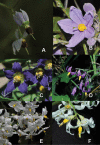
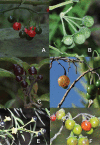
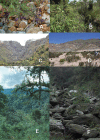

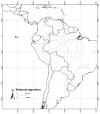
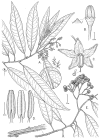



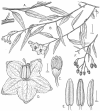
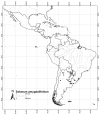
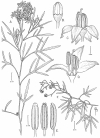
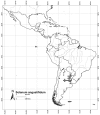
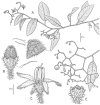
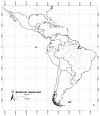





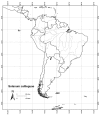



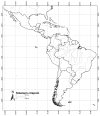
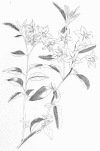
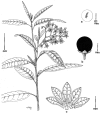
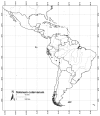
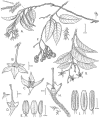
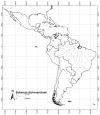


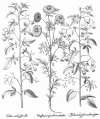


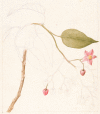
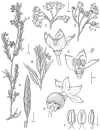

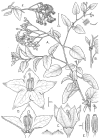

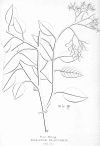



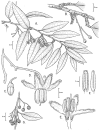
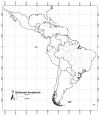
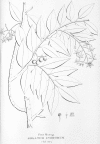
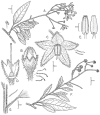

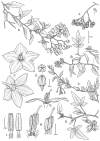


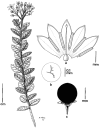
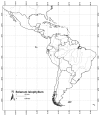


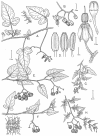


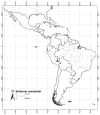
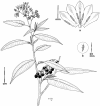
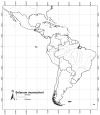

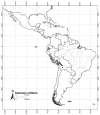
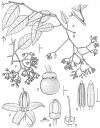
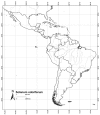
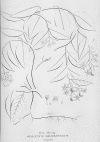
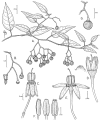

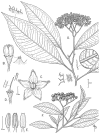
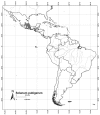
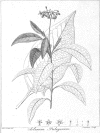
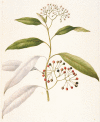


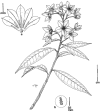
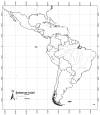
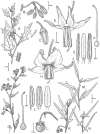

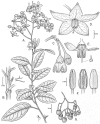
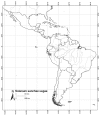
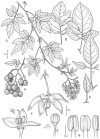

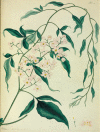
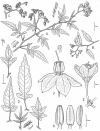


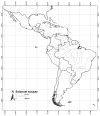
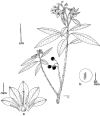
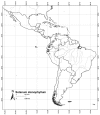
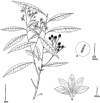
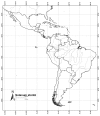

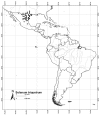


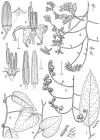
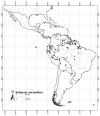

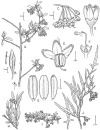
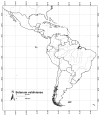



References
-
- Anderson GJ, Levine DA. (1982) Three taxa constitute the sexes of a single dioecious species of Solanum. Taxon 31: 667-672.10.2307/1219682 - DOI
-
- Anderson GJ, Symon DE. (1989) Functional dioecy and andromonoecy in Solanum. Evolution 43: 204-219.10.2307/2409175 - DOI - PubMed
-
- Andrews HC. (1808) Solanum seaforthianum. Botanist’s Repository 1808: tab. 105.
-
- Bennett JR. (2008) Revision of Solanum section Regmandra (Solanaceae). Edinburgh Journal of Botany 65: 69-112.10.1017/S0960428608004903 - DOI
-
- Berchtold BW von, Opiz PM. (1843) Solanen, In Oekonomicsh-technische Flora Böhmens 3: I-LI. Prague.
LinkOut - more resources
Full Text Sources
Other Literature Sources
